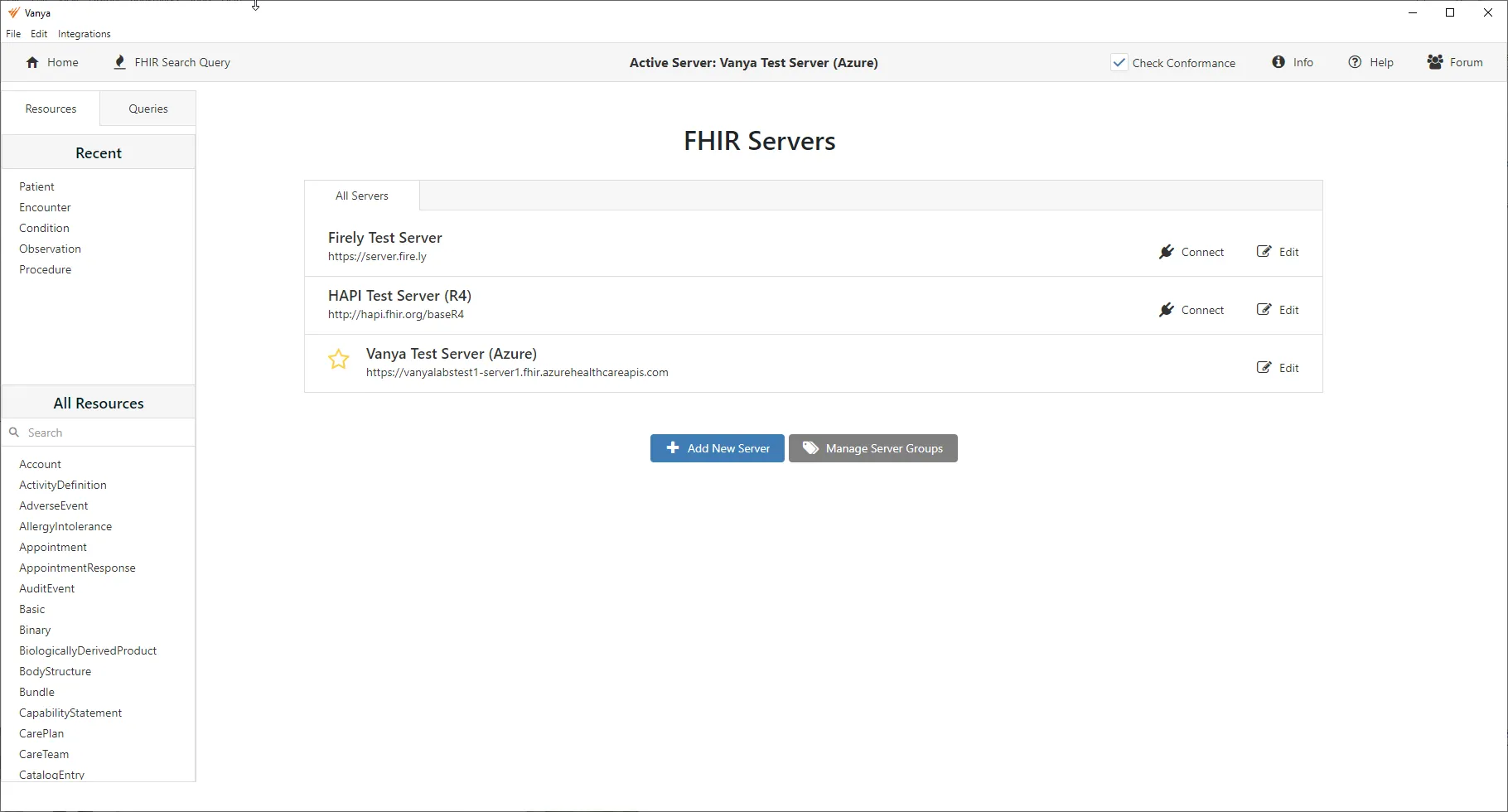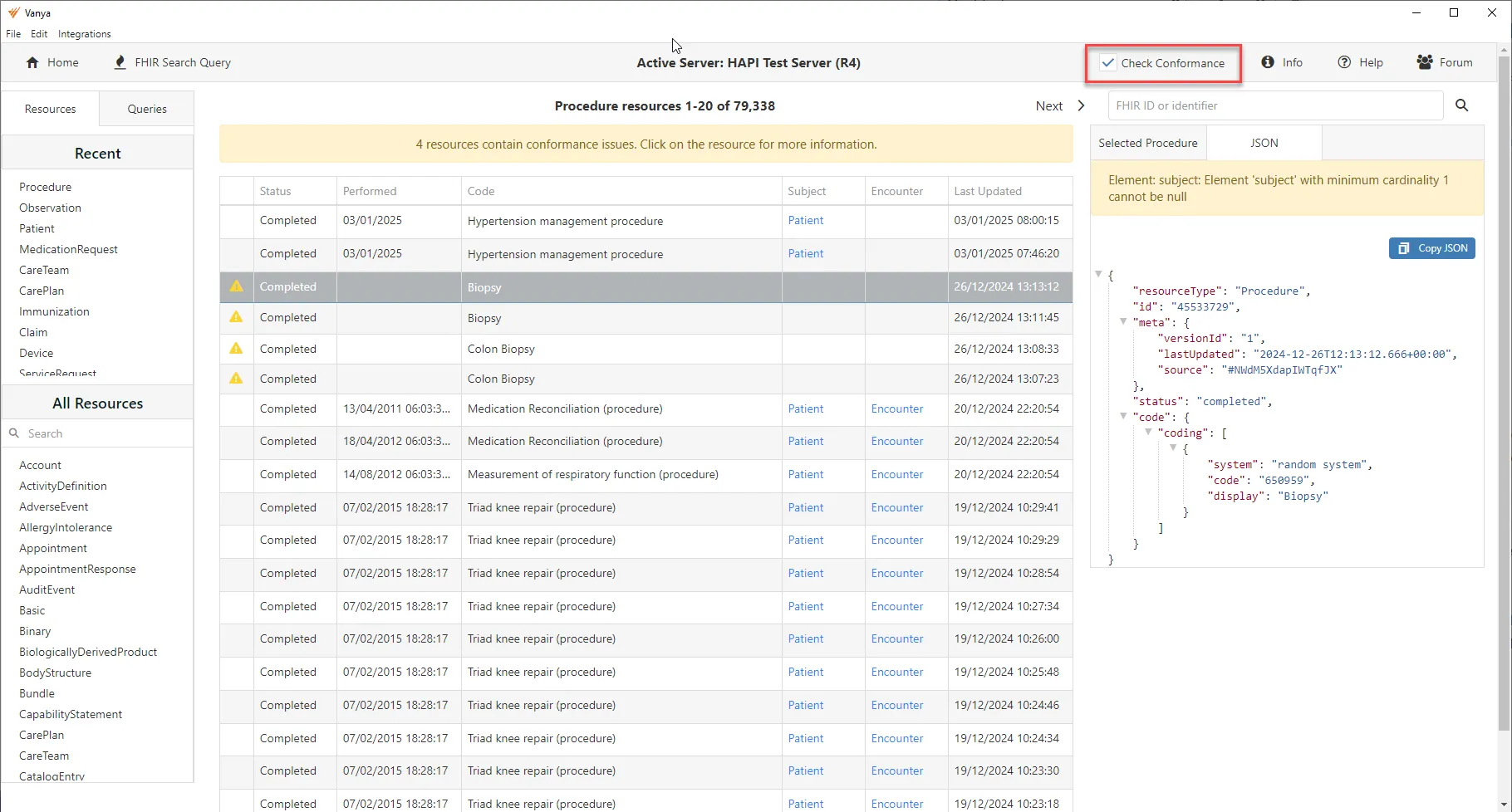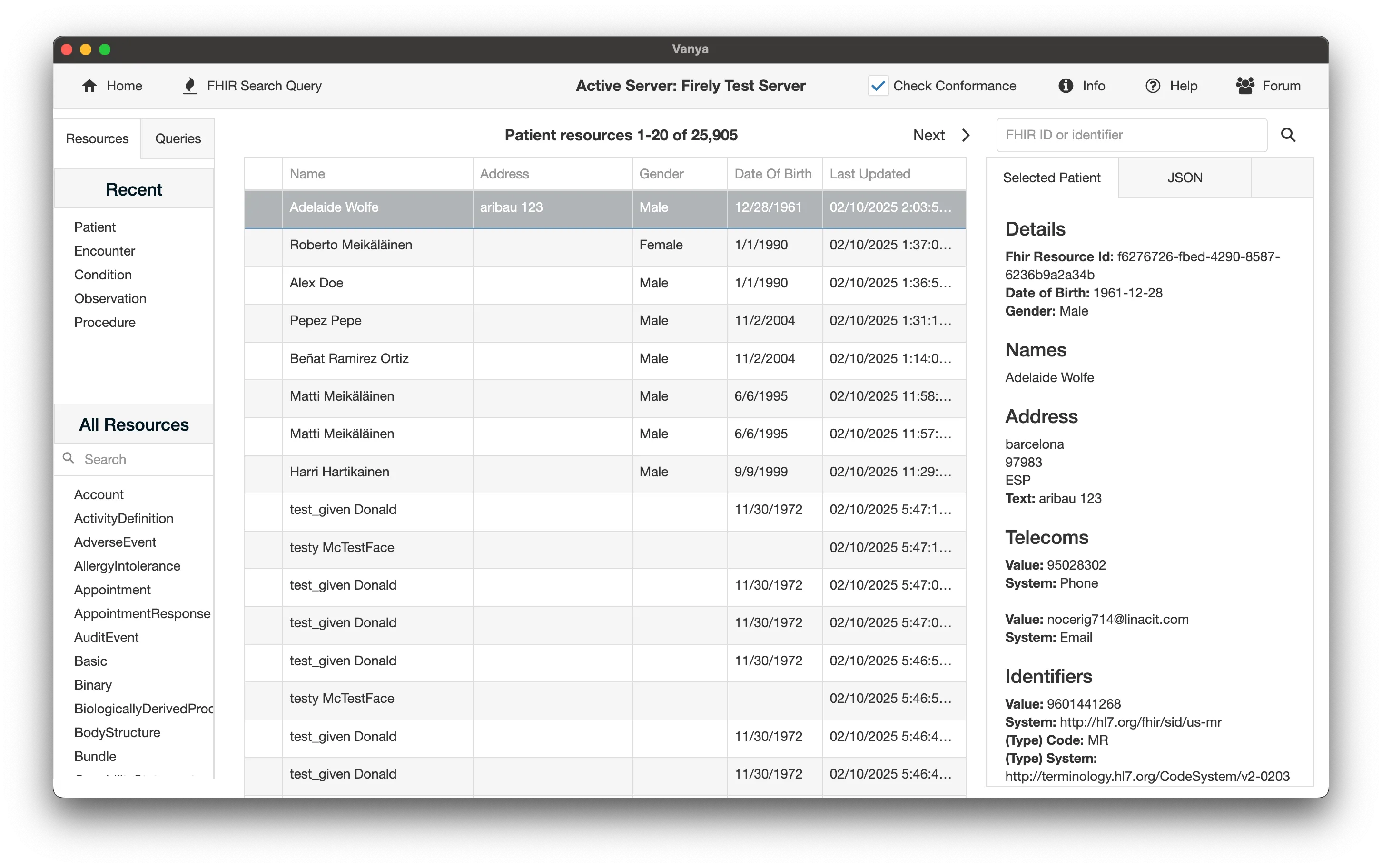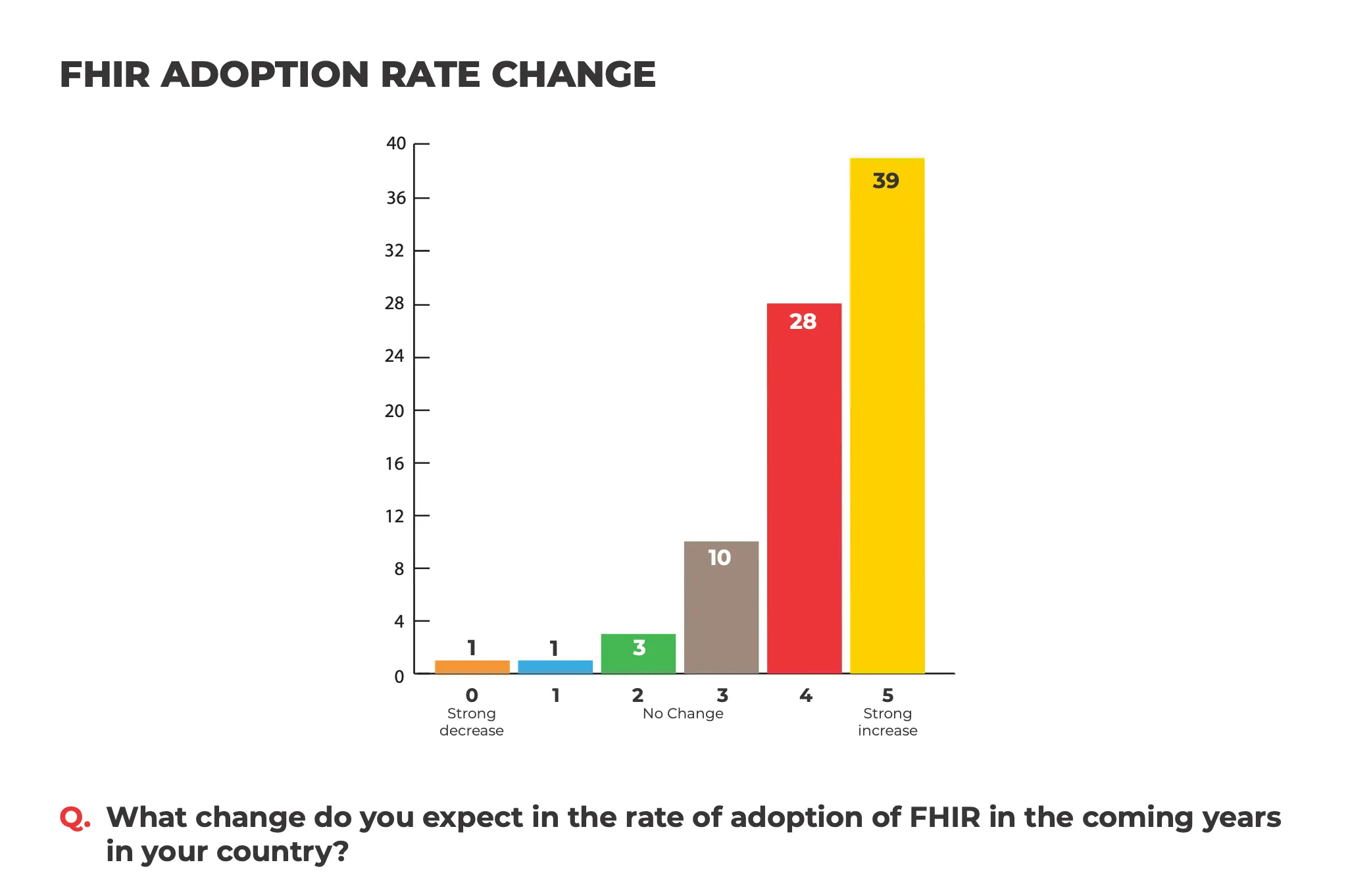FHIR In the Wild | Vanya FHIR Viewer
So far in this module, you’ve created resources, updated them, and practiced searches against a public FHIR server. You’ve seen how CRUD operations work, and what Search URLs look like.
However, when building applications in the real world, things are more complicated. Data is inconsistent, JSON responses grow unmanageable and validation isn’t always enforced.
In this lesson, we’ll look at what working with FHIR is like in the wild, and meet a developer who built his own tool to deal with these problems.
Darren Devitt’s first encounter with FHIR
In 2021, during a remote contract with a US health insurer, Darren Devitt began working with FHIR. The team he was working with had no prior FHIR experience, and they learned directly from the specification during the development process.
It was the QuestionnaireResponse resource that planted the seed. “You could find yourself getting back 70,000 lines of JSON,” says Darren, which made it impractical to review manually. There was nothing to help see the data, Postman or curl were the only options.
Additionally they ran into the following issues,
- Treating the FHIR server like a database leads to application-specific data stored in resources. Developers would overuse extensions or misuse string fields to do this, making interoperability harder in the long term.
- Validation was inconsistent, with many servers accepting resources that didn’t fully follow specifications. Without being able to see the data, these issues stayed hidden until they caused production problems.
During some downtime the following year, 2022, in Nerja in Southern Spain, Darren set to putting FHIR data into a grid to make it readable. Vanya was born, and quickly became popular simply because of how useful it was.
Exploring FHIR data with Vanya
Vanya is a lightweight, developer-friendly, standalone FHIR viewer that makes viewing, validating and navigating FHIR data easier. Instead of scrolling through thousands of lines of JSON, it could now be viewed in a grid, making it easier to skim or spot issues. Vanya was intended to be a “SQL-style viewer”, but for FHIR.

Vanya is designed to solve the practical challenges developers face:
- It lets you browse the complete list of resources, along with a “Recents” view for those that are frequently accessed
- Displays resources in a structured grid, with detail panes and JSON representations handy
- Automatic conformance checks against the FHIR R4 standard to highlight invalid resources such those with missing fields, broken cardinality etc.
- Follow references easily with click-through navigation between linked resources
- Connect to multiple servers, including public test servers or managed cloud services via OAuth2

Note that Vanya is intended for use on development and test servers, rather than intensive queries on production systems. These features made everyday development with FHIR much more manageable with structured and exploreable data. The value of Vanya, however, lies in how it changes developers and stakeholders interactions with FHIR data.
For developers, Vanya provides immediate visibility into the shape and validity of their data, catching modeling errors early and speeding up development. For non-technical stakeholders, it makes FHIR tangible. Instead of JSON, data is presented as structured tables, which are easier to understand in demonstrations and reviews.

As Darren puts it, “If you’re doing a demo to people who are not technical, showing them Postman and a JSON response, their eyes just glaze over.” But with Vanya, it is readable data.
By making FHIR data visible and accessible, Vanya helps developers spot validation and data quality issues, strengthening trust in implementations. There are also differences in behaviors across servers, for example how pagination or totals are handled and how strictly validation is enforced, so a viewer helps confirm what a server actually did.
The bigger picture
Vanya’s story reflects a wider truth about working with FHIR today. FHIR adoption is accelerating around the world, but supporting tools often lag behind the specification. Developers work with messy real-world data and without good visibility, issues only show up late in a project when they are costly to fix.

That gap between spec and implementation is where practical, open-source tools make a difference. They make the spec usable. A viewer like Vanya gives developers confidence that their data matches expectations, and gives teams a faster way to uncover problems before they affect downstream systems. The ecosystem is still evolving, and as more national programs and vendors adopt FHIR, the need for lightweight, developer-friendly tooling will only grow. Vanya is one example of how those gaps can be bridged, but it also shows the role community-built tools can play in pushing interoperability forward.
